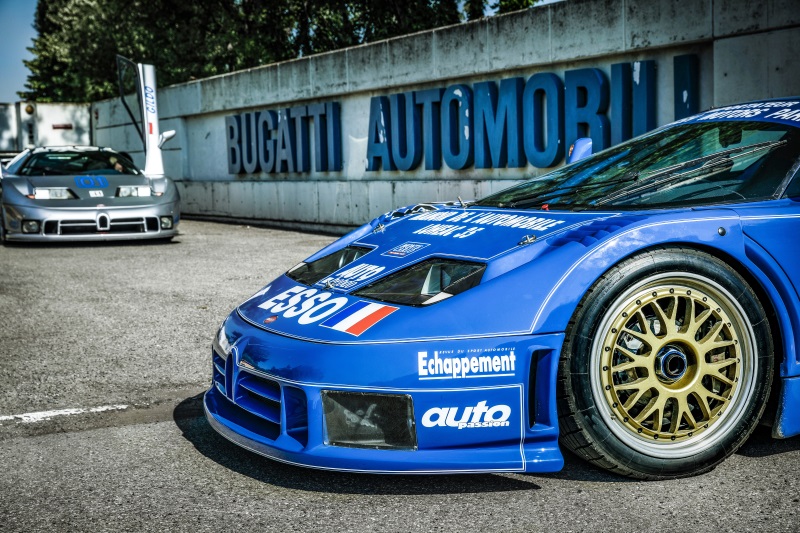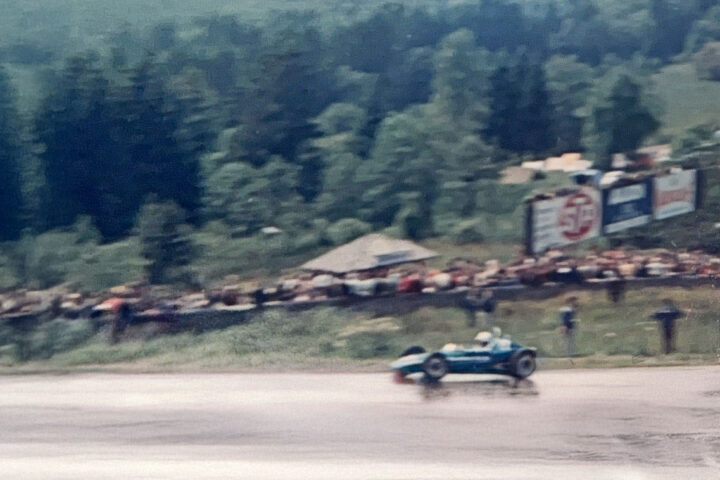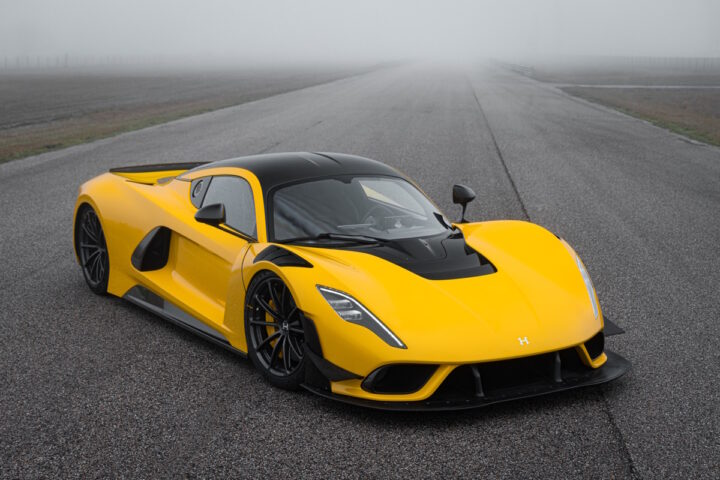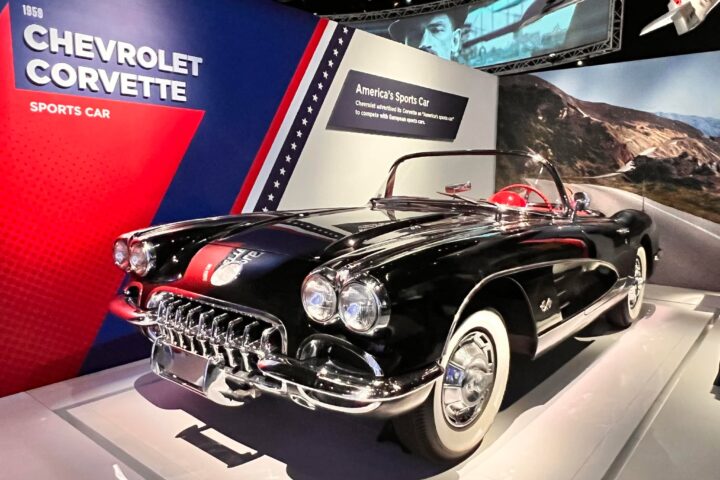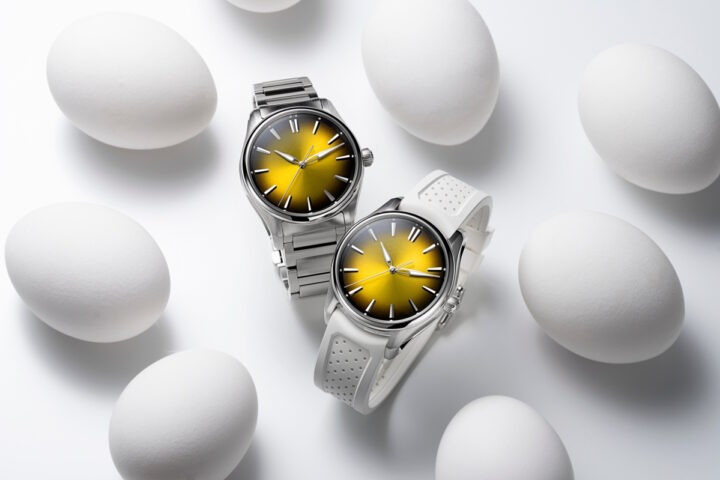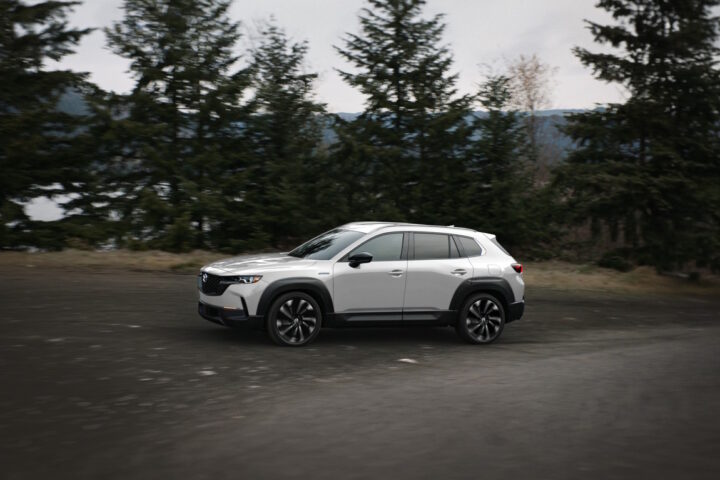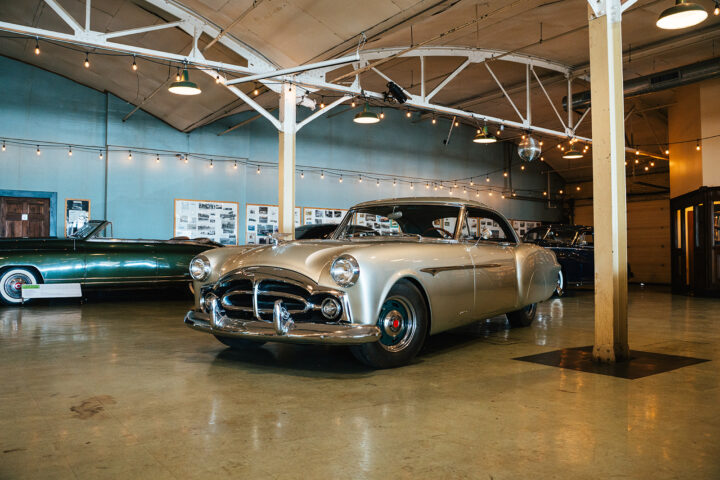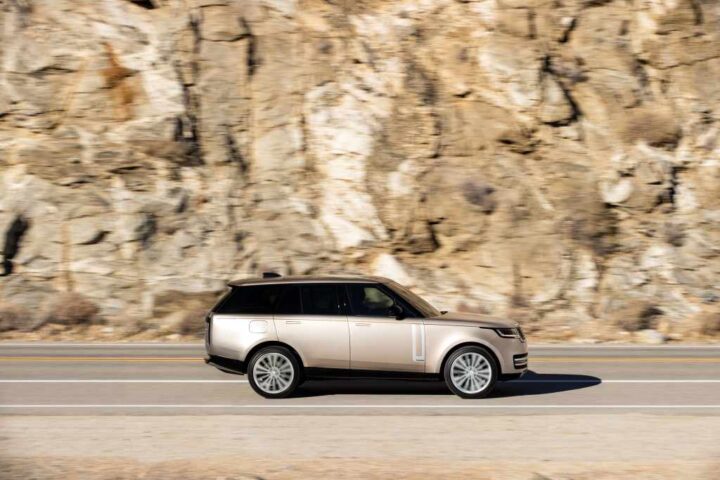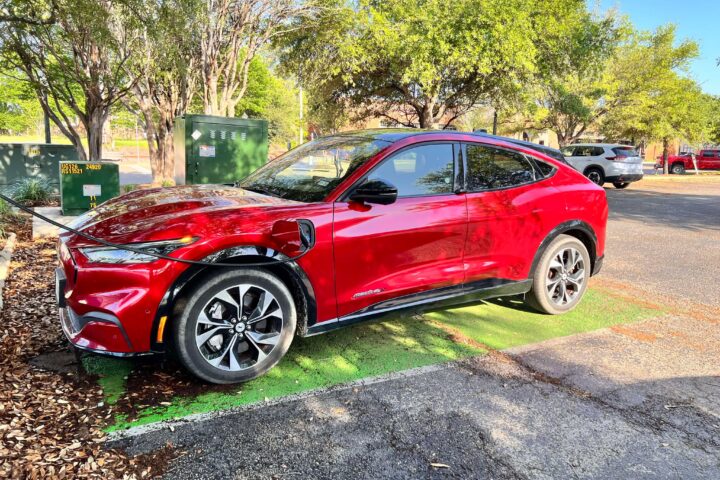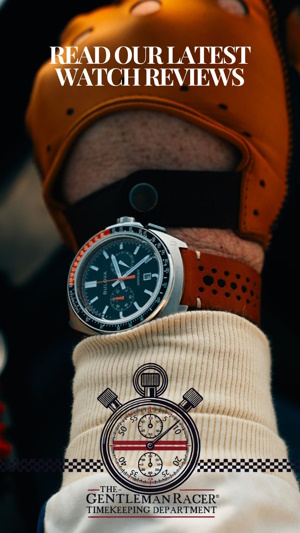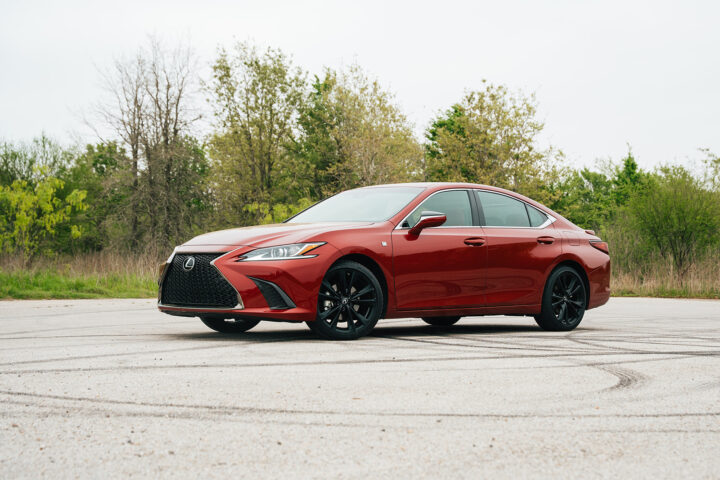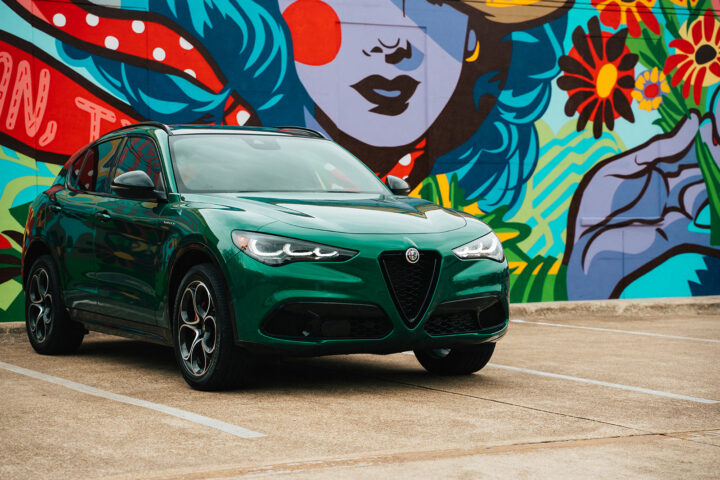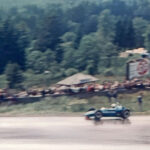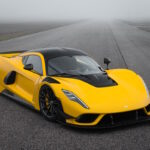In the mid-1980s, Romano Artioli dreamed of building the fastest sports car in the world and he wanted it to carry the name of his hero, one of most legendary carmakers of all time, Ettore Bugatti. As life long car enthusiasts Artioli was already a successful car dealer in northern Italy selling Ferraris and importing several brands from Japan. But while he was already working with one of the premier brands in the automotive world nothing in production met his expectations. He wanted something that would capture the quality, performance, and elegance of the Bugattis of the past, there was just one problem, Bugatti had been out of business since the 1950s, so he would just have to revive the brand himself.
In 1987, Artioli bought the trademark rights from the French Government to launch Bugatti Automobili S.p.A. and he broke ground on a small factory near Modena in Campogalliano. Being in the heart of supercar country meant he could find the right employees to make his vision a reality. Hiring known designers, engineers, and mechanics, including automotive designer Marcello Gandini, father of the Miura, Countach, Pantera all the other dream cars you had posters of as a child. While the original design was a little too harsh for Artioli, much of Gandini’s original design made it to the production EB110 which was finalized by Giampaolo Benedini.
The factory was opened on September 15th, 1990, on what would have been Ettore Bugatti’s 109th birthday, the plan was to have the car unveiled one year later, on his 110th birthday, this is where the name EB110 was derived. For the grand opening 77 hand-selected, vintage Bugattis were on display, Artioli had even purchased the original door from the former Bugatti factory in Molsheim to put on display in the lobby.
The car was a technological marvel of its day and years ahead of the competition, incorporating a lightweight carbon-fiber monocoque which weighed just 275 lbs with a body made of carbon and aramid fiber. To save even more weight the wheels were made of magnesium and all the hardware down to the interior screws were titanium. The Super Sport version of the car weighed in at just 3,126 lbs, not bad for an all-wheel-drive, V12 powered supercar.
The realization of such a dream seems simple, but as it turns out when put to practice, it’s just madness. – Roman Artioli
The 3.5-liter, quad-turbocharged, V12 was a beast of an engine, with four camshafts, 60 valves, and twelve individual throttle bodies all housed under glass. Depending on the configuration, the engine produced between 560-610 horsepower, pushed through a six-speed manual gearbox, with full-time all-wheel-drive. It even had active aero, something most supercars wouldn’t add for decades. This car was radical in 1991, with 0-62 MPH in 3.26 seconds and a top speed of 209 MPH, even 30 years later the car is still one of the fastest production vehicles ever made. Besting the Porsche 959’s 1986 record of 198 mph, and finally being surpassed by the McLaren F1 in 1993 which set the record of 221 mph and held it for over a decade.
Bugatti had found itself at the top of the automotive industry in the early 1990s, with the fastest car money could buy, holding four separate speed records. All without sacrificing comforts like an Italian leather-trimmed cockpit, air conditioning, electric seats, power steering, power door locks, and a nice sound system.
The launch of the EB110 was one year after the opening of the factory, just as Romano had planned on Ettore Bugatti’s 110th birthday. The official launch was in Paris and three EB110s drove down the Champs-Élysées, they held launch events at both Versailles and the Grande Arche de la Défense. The media was entranced and the world’s elites couldn’t wait to place their order for what was the fastest most exclusive car in the world.
 |
| F1 legend Michael Schumacher picking up his EB110 |
But the early 1990s was not a great time to be in the supercar business, even well-established supercar makers like Lamborgini were insolvent and sold off to an Indonesian investment group. By 1995 just 139 EB110s had rolled off the line, 96 of the EB110 GT and just 32 of the EB110 Super Sport had been produced. This included the two factory race cars which had been campaigned at the 24 Hours of Le Mans, Suzuka and the 24 hours of Daytona.
In 1997 the bankruptcy had been finalized and the following year Volkswagen Group took over the trademark rights and relaunched the company into what it today. Returning the brand to Molsheim, France where it all started and eventually launching the Bugatti Veyron EB which would take back the title of “World’s Fastest Car” in 2005 with a record of 254 mph and again in 2010 with the Bugatti Veyron 16.4 SuperSport at 258 mph. (Currently, the record is held by the Koenigsegg Agera RS with a top speed of 278 mph, but I doubt we have seen the last of Bugatti.
 |
| Stephan Winkelmann, President, Bugatti Automobiles S.A.S. |
Today the Chiron1, Chiron Sport1, and Divo2 have been produced in the Alsatian factory. “With the EB110 Romano Artioli has succeeded in making a great sports car. Because of his initiative and thanks to his efforts, Bugatti has been revived in the modern age” says Stephan Winkelmann, President of Bugatti. “It is important to celebrate this feat. The EB110 may be the only Bugatti that wasn’t built in Molsheim. And still, it is a true Bugatti – 110 percent.”

